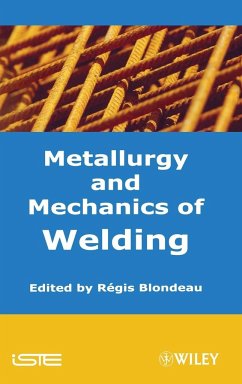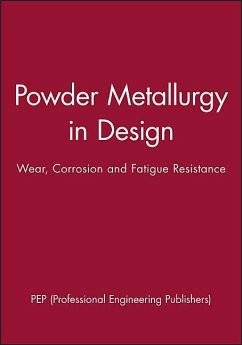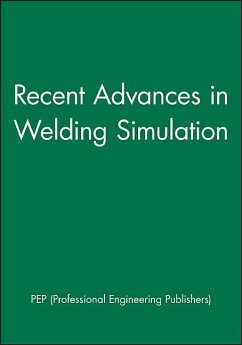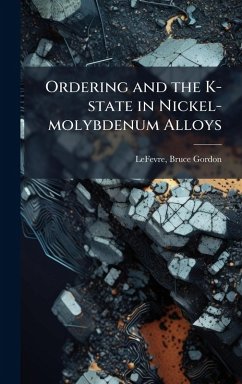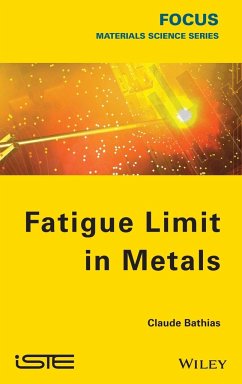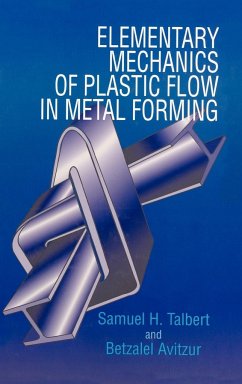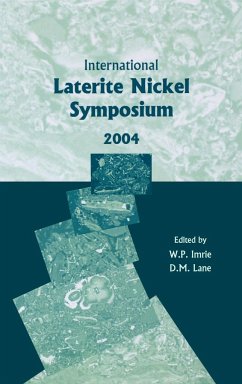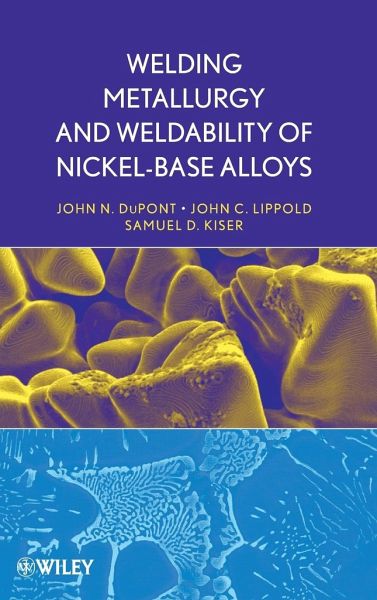
Welding Metallurgy and Weldability of Nickel-Base Alloys
Versandkostenfrei!
Versandfertig in über 4 Wochen
154,99 €
inkl. MwSt.
Weitere Ausgaben:

PAYBACK Punkte
77 °P sammeln!
The most up-to-date coverage of welding metallurgy aspects and weldability issues associated with Ni-base alloys Welding Metallurgy and Weldability of Nickel-Base Alloys describes the fundamental metallurgical principles that control the microstructure and properties of welded Ni-base alloys. It serves as a practical how-to guide that enables engineers to select the proper alloys, filler metals, heat treatments, and welding conditions to ensure that failures are avoided during fabrication and service. Chapter coverage includes: * Alloying additions, phase diagrams, and phase stability * Solid-...
The most up-to-date coverage of welding metallurgy aspects and weldability issues associated with Ni-base alloys Welding Metallurgy and Weldability of Nickel-Base Alloys describes the fundamental metallurgical principles that control the microstructure and properties of welded Ni-base alloys. It serves as a practical how-to guide that enables engineers to select the proper alloys, filler metals, heat treatments, and welding conditions to ensure that failures are avoided during fabrication and service. Chapter coverage includes: * Alloying additions, phase diagrams, and phase stability * Solid-solution strengthened Ni-base alloys * Precipitation strengthened Ni-base alloys * Oxide dispersion strengthened alloys and nickel aluminides * Repair welding of Ni-base alloys * Dissimilar welding * Weldability testing * High-chromium alloys used in nuclear power applications With its excellent balance between the fundamentals and practical problem solving, the book serves as an ideal reference for scientists, engineers, and technicians, as well as a textbook for undergraduate and graduate courses in welding metallurgy.



